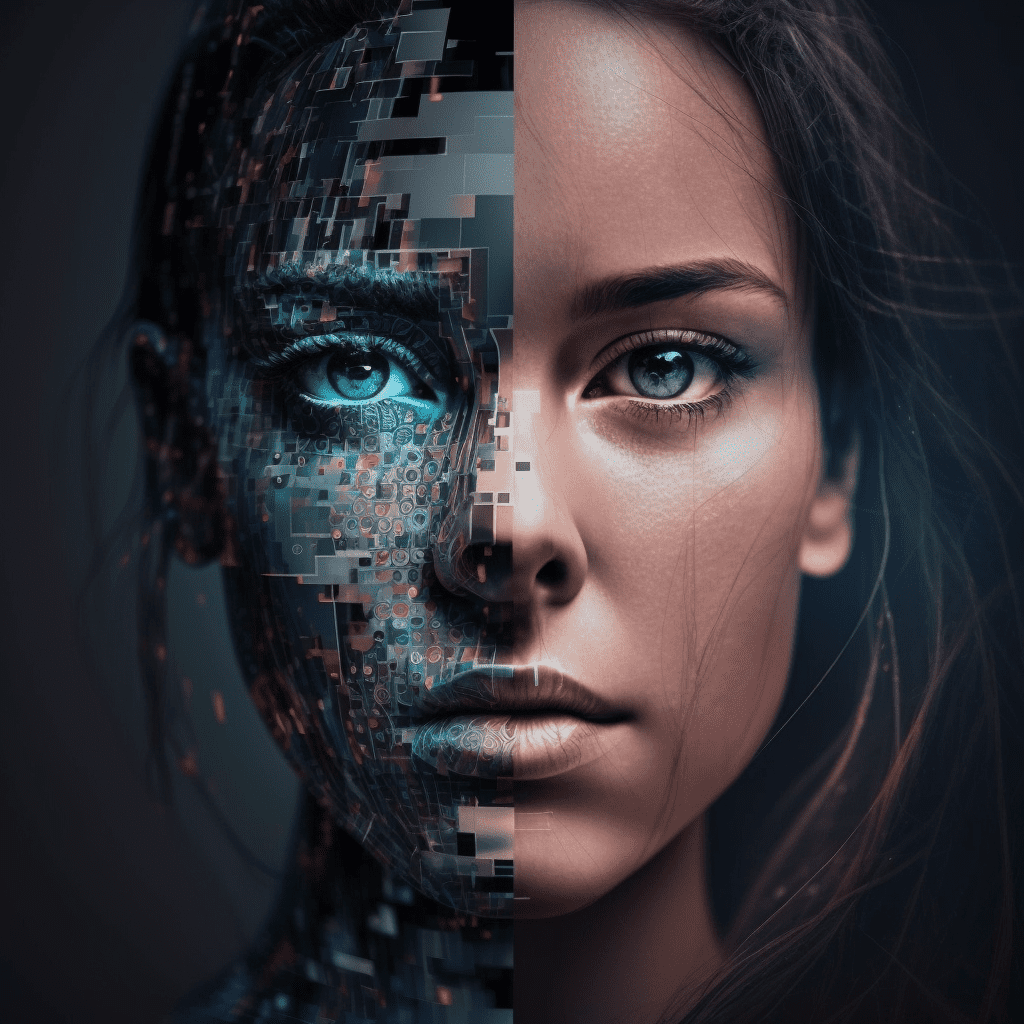
OpenAI is upgrading ChatGPT with voice and image capabilities, transforming the way users interact with the AI. The new features will allow users to hold voice conversations and engage in image interactions. The rollout of these functionalities is set to start within two weeks for Plus and Enterprise users. The updates have sparked a mix of reactions online. While some celebrate the progress, others express concerns about AI becoming too human-like, potential job displacement, and the risks of misuse. Despite the concerns, the enhancements are expected to revolutionise how we interact with AI, opening up a myriad of applications from troubleshooting grills to translating podcasts.
- ChatGPT’s upgraded voice and image features transform user interactions, expanding its applications but raising concerns.
- Users can engage in voice conversations and image interactions, opening up diverse possibilities.
- Competition in the AI landscape persists, but ChatGPT’s impact remains significant, with promising prospects.
Revolutionising user interaction
Powered by the GPT-4 model, the latest enhancements to ChatGPT will mark a significant shift in user interaction with AI. Previously, interaction was confined to text prompts, but the integration of voice and image capabilities breaks through these limitations. Users can now initiate voice conversations on iOS and Android devices through a simple opt-in process.
The new features are not just limited to voice conversations. The AI can also interpret images, allowing for a more dynamic and intuitive user experience. Users can upload a photo, and ChatGPT will be able to provide relevant responses based on the visual input.
Expanding use cases
With the advent of these new features, the potential applications for ChatGPT are set to explode. The AI’s ability to understand images can be utilised in various scenarios like identifying food items, troubleshooting grills, and even assisting with mathematical problems using photos.
Moreover, the voice capabilities of ChatGPT extend beyond simple conversation. The AI can narrate stories and translate podcasts into different languages, a feature that Spotify is already leveraging. Additionally, with the capacity to process 25,000 words – eight times more than its previous version – the new GPT-4 model promises to be more accurate and creative.
Public reception and concerns
While this technological advancement has been hailed as a breakthrough, it hasn’t been without its share of criticism and concern. Some have raised questions about the risks associated with AI becoming too human-like. There are worries about complex interfaces that could feel alien to users and the potential for job displacement in sectors like software engineering and education.
Further concerns lie in the realm of privacy and security. Potential risks include malicious use of AI-generated voices, voice scams, identity theft and even the possibility of bypassing image verification CAPTCHA tests. However, OpenAI has acknowledged these issues and taken steps to mitigate them. For instance, ChatGPT’s ability to analyse and make direct statements about people has been limited as a measure to respect privacy.
Competitive landscape and future prospects
The AI landscape is a competitive one, with giants like Google and Bing developing their own versions of generative AI tech. Google plans to release its GPT-4 competitor, ‘Gemini’, which will also feature image and voice recognition capabilities. However, ChatGPT has undeniably made a significant impact on the tech landscape, with many companies integrating generative AI tech into their software. Such as this publication, which used AI to help write this article. With the newly added capabilities, the future looks promising for ChatGPT, despite the challenges it may face.

